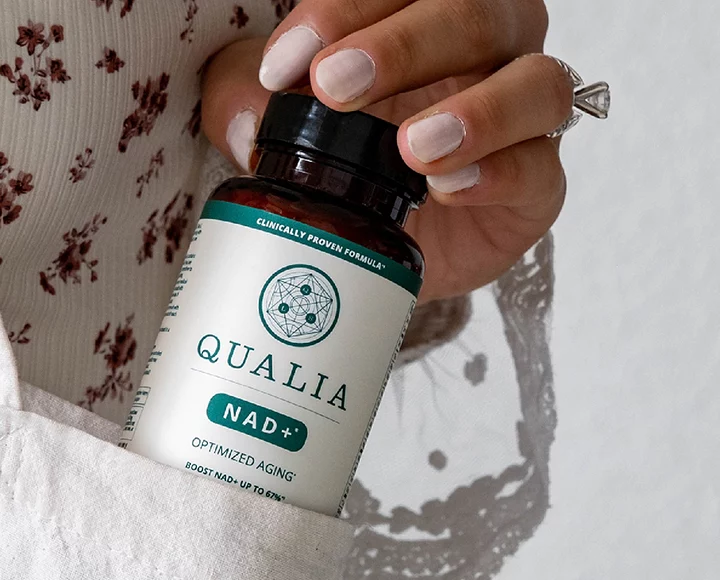Aerial fitness has to be one of the most intriguing fitness routines to come around in the last few years. Lying somewhere between yoga and TRX, this workout may seem like a graceful way to spend an afternoon, but don’t be fooled – it’s a seriously good workout that will help you acquire some serious core strength. Our gal, blogger Lauren Gores, gave the unique workout a shot and is breaking down a few of the most powerful moves below…
Ever wish you could fly, spin, climb and hang from ceilings? Turns out, the only superpower you need is an aerial fitness class and a serious set of core muscles.
As a first-timer, I stepped into LA’s AIR studio expecting to gracefully own the routine. However, I quickly learned it takes a lot more strength than grace to successfully straddle from a silk hammock.
Aerial fitness is a full-body workout, especially targeting your core and arm muscles. The course pushes you to practice patience, flexibility and trust while challenging your body to slip into positions it hasn’t before.
I worked alongside LA instructor Lindsey Duggan at her AIR studio to learn how to twist and turn like a pro. The course combined yoga, ballet and Pilates — all while giving me a serious sweat session. Here are the benefits of my favorite AIR moves, and why you should sign up!
Note: aerial fitness should only be done in a studio alongside a certified instructor.
9 Aerial Yoga Moves + Their Benefits
FORWARD FOLD
This resting position will allow you to fully stretch your spine and warm up pre-workout. Spend a few minutes hanging from the silk, with your back flat and your palms together. Let your head and neck hang heavy by your ears.
MODIFIED PLANK
The modified plank pushes your mind and body to become comfortable with the workout. Place the silk at your hipbones, and hinge forward. This position fires up your core muscles as you raise your legs to become parallel with the ground.
DOWNWARD DOG
Rooted in yoga, this position immediately follows a modified plank. Allow your knees to bend, wrapping your ankles around the silk. This gives your upper body a much-needed stretch, while pushing you to work on your balance skills. Once in position, you’ll feel both mentally and physically centered. Sway your hips from left to right for a more intense stretch.
AIR CRUNCH
Think of combining your best abs routine with a stunt double’s workout — that’s what this move feels like! You’re adding elements of strength, balance and trust to a basic crunch. Your feet should be wrapped around the silk as you crunch upward. The slower and more controlled you can be here, the better. The goal is to get your elbows to your knees.
AIR PULL-UP
The AIR pull-up requires you to lift your body weight. Wrap your arms around the silk twice overhead and pull down, keeping your arms close to your body. This exercise builds upper-body strength and conditioning.
STRADDLE-BACK
The straddle-back immediately follows your pull-ups — only this time, you’re channeling your inner-gymnast! Extend your legs into a straddle position, using your core muscles to keep your hips high and balanced. This position works your arms, legs and abs, while testing your mental strength.
HALF-PIGEON
Following your straddle-back, continue to push your flexibility skills by transitioning into the half-pigeon (with the help of an instructor). You’ll place your silk on your lower back. One leg will wrap around the silk, while the other will hang — allowing you to grab for your foot if you choose.
AIR BACKBEND
This is a moving position that builds strength and flexibility. You’ll straighten your arms above your head, while sliding down the silk and gently placing your front foot on the ground. You’ll feel an extended upper-body stretch, while also toning your legs and butt.
UPSIDE-DOWN SPLIT
The upside-down split requires you to trust yourself and the silk. You’ll step into the silk with one foot, while lifting up the other. Lean back and allow your free leg to follow. Use your core muscles to hold the position once your hips come over your shoulders. This works your full body.












